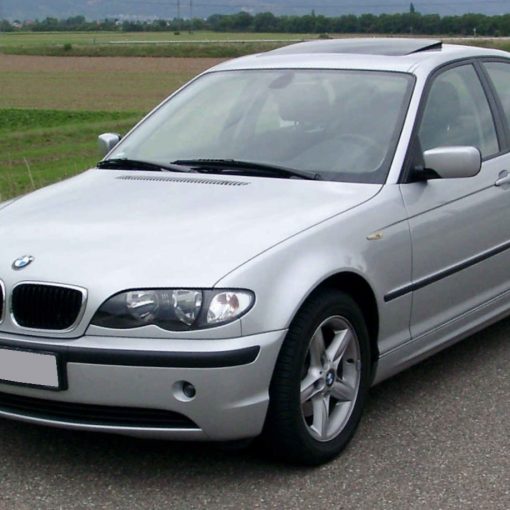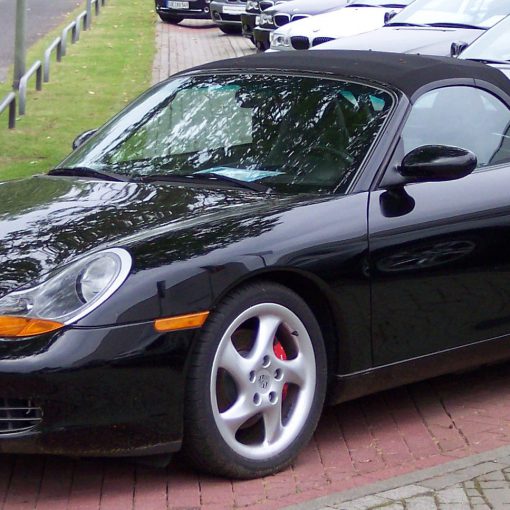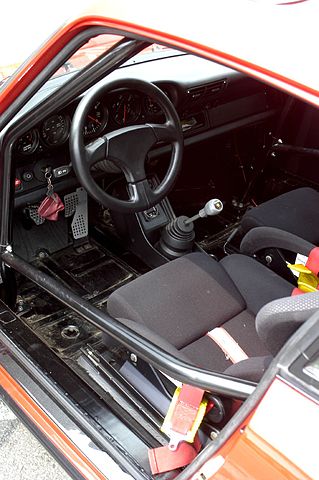History
Toyota is no stranger to sporty rear-wheel drive cars. It started with the 2000 GT, a rare and sought-after classic that was even driven by James Bond. Later, there were various versions of the Celica and Supra, and of course the mid-engined MR2. Most iconic is maybe the AE86, which, through the manga/anime Initial D had a profound impact on drift and race culture. But when Toyota cancelled the Supra, Celica (which had been front-wheel drive for quite some time), and MR2 and focused on hybrid technology, it seemed as though the days of sporty Toyotas were gone.
In 2011, Toyota announced the 86/GT86/FR-S, developed together with Subaru (who sell it as BRZ). The Toyobaru, as it was quickly called was greeted with enthusiasm, and has all the right ingredients: front engine, rear-wheel drive, lightweight, low center of gravity. The 200hp engine is a Subaru-bases flat four, coupled to either a manual or an automatic six-speed transmission. 0-100 kph is given as taking 7.6s, with a maximum speed exceeding 220 kph. Most importantly, weight is less than 1,300kg. A Torsen limited-slip differential is standard. The car received a facelift in 2017, and in the US the Scion FR-S was replaced by the Toyota 86.
Pros
- One of the lightest RWD cars on the market, 200kg to 300kg lighter than contemporary BMW models
- Four seats, fixed roof and usable trunk
- Naturally aspirated car, for those who don’t like turbochargers
- factory limited-slip differential
Cons
- Mid-range torque dip
- Chassis can easily handle more power, but can only be achieved with supercharger/turbocharger conversion
- Used cars still relatively expensive
Recommendations
Skip the automatic transmission, of course. Whether you go for a Toyota/Scion or Subaru is a question of personal preference, as the cars are pretty much identical. Sensible upgrades are headers and chiptuning to improve the torque, and better brakes.




